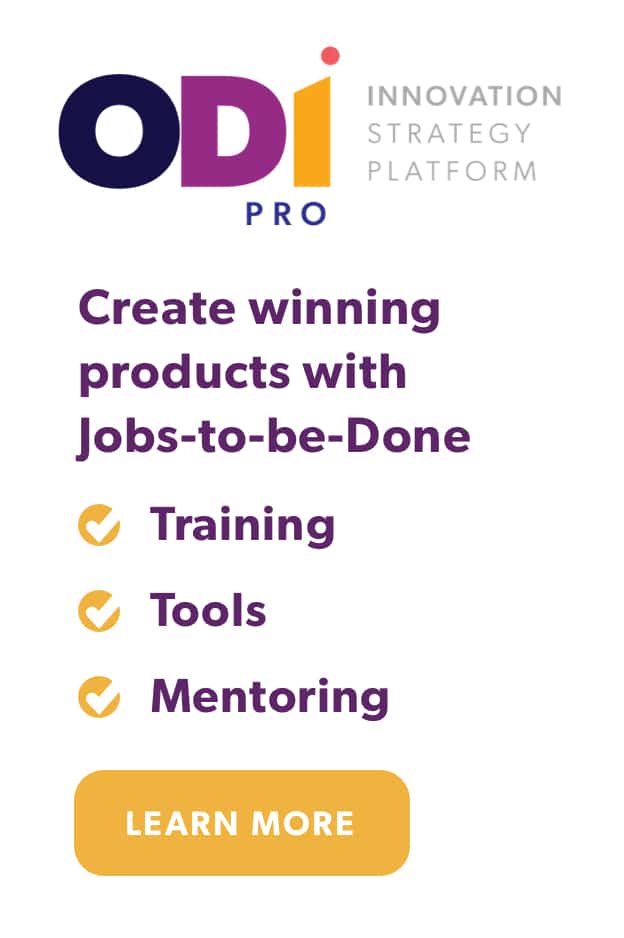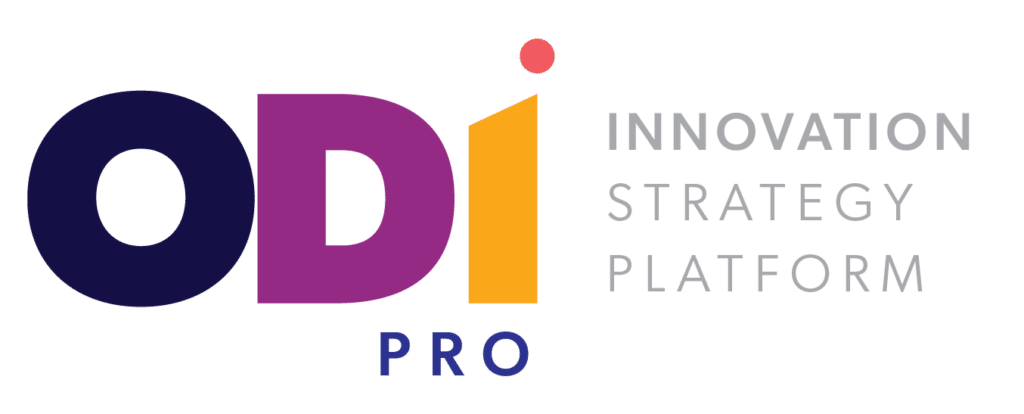Design Thinking is all the rage. It’s cool, it’s hip – it makes the ordinary company feel like Apple. Many companies have rushed to hire people with Design Thinking expertise. They have brought in trainers to train their people to think like Design Thinkers. But Design Thinking has an almost fatal flaw that needs fixing. If not, it will fade away like prior management fads (remember Theory Z). But take heart, there is hope.
The roots of Design Thinking started in the design movement of the 1960s.[1] The whole gestalt of design got a rocket boost in 2001 with the launch of the Apple iPod. This device became the “poster-child” for the innovation that every company wanted. Executives made proclamations to their teams, “we need to create the next iPod” (no kidding, we heard this for years).
Companies caught the design bug and hired design firms like IDEO and Frog Design. They wanted these firms to transform their “me-too” products and lifeless services into winners. But when designers showed up, they found that the company did not understand what it would take to win. Designers heard nebulous goals and vague platitudes, but nothing of substance that would guide their design.
The truth was, companies lacked the essential customer insights that would help them achieve their goals. And without these key insights, design firms would be guessing at the best solution. Designers would have no more success creating a winning solution than their clients. That meant, to help their clients, they had to go capture and understand customer needs. This created a mismatch of capabilities for designers.
This lack of capability forced design firms to evolve. They had to go up stream in the development process and capture customer needs. And they do this work in large part under the banner of Design Thinking. But Design Thinking is a model rooted in a physical activity – designing solutions. Understanding customer needs is a semantic activity and demands a semantic model. This disconnect may be Design Thinking’s fatal flaw.
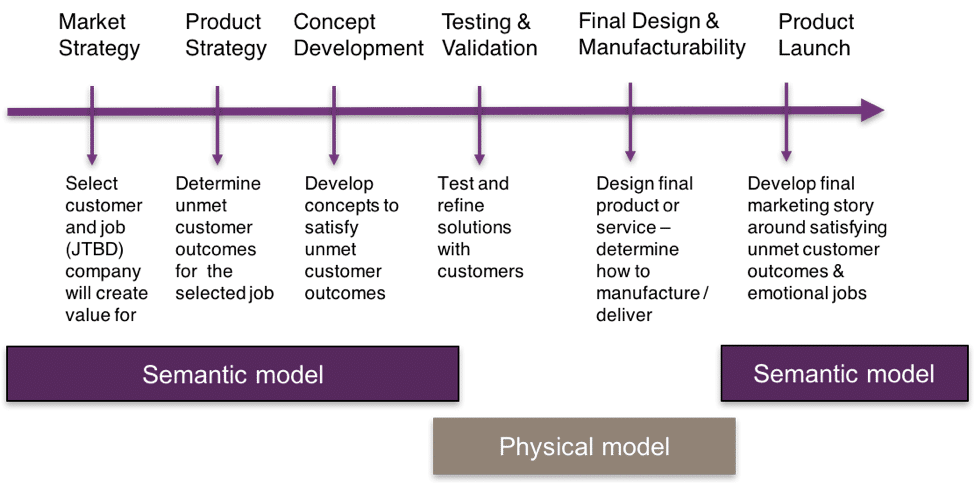
Advocates for Design Thinking will now protest. Wait, they will say, the first two steps of Design Thinking include semantic steps. True, the empathize and define steps of Design Thinking need semantic input, unfortunately what is needed is not well defined. There are no clear definitions or rules on what this semantic input must look like. Just as language has strict rules for effective usage, customer needs must have similar structure.
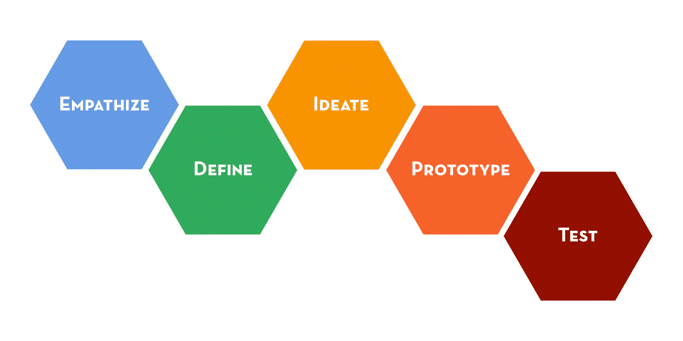
Without a clear definition of what makes a good customer need, these semantic insights are all in the ears of the beholder. Needs should not be open to interpretation. They should be clear, concise and solution independent. Need statements must be measurable and controllable and free of fluff like “easy to use”. Otherwise faulty inputs contaminate the semantic model and cause ambiguity and errors. Fixing these errors through later stage design iterations is costly and time consuming. Getting the right information up front is the holy grail of product development.
All is not lost, there are positive signs that things are evolving in the right direction. The Design Thinking movement is starting to embrace the idea of the customer “job-to-be-done” within the empathize phase. This is a significant first step. Innovation guru, Clay Christensen agrees. In his most recent book he states that if a company deeply understands their customer’s job the potential for success is almost guaranteed.
For Design Thinking to be successful, nibbling around the edges of the job-to-be-done framework is not enough. Designer thinkers need to take a full bite of the semantic apple and embrace the following three tenets:
- The core functional job of the customer is the focal point for value creation. The job is the semantic foundation for a market. Yet, a complete semantic model of a market may also include related jobs, emotional jobs and consumption jobs (see here for definitions). These jobs should not be conflated and need to be measured separately. (see market data model below).
- Each job has a finite set of customer success metrics (~50-150) that define the perfect execution of the job. These metrics represent the most important set of data that goes into a semantic model of the market. These success metrics are called outcomes. That’s because they describe with precision the outcome the customer wants to achieve.
- Outcomes are solution independent and have a well-defined syntax. This semantic discipline allows outcomes to be quantified and measured in a survey. Quantification with a representative sample provides precision on where customers demand new value. This precision is essential to getting new products and services right. If products or services are being developed before this model has been developed and quantified, it is too early and prone to errors. (For more information on the syntax of a perfect need statement, read this article).
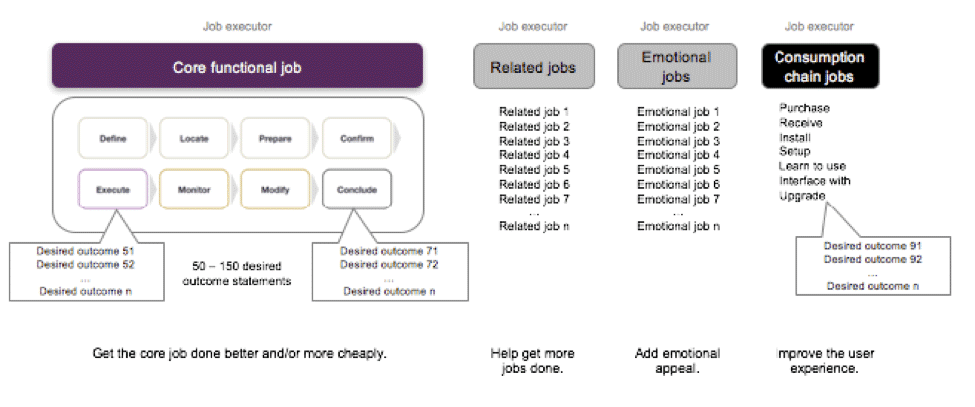
The three tenets above are the underpinnings of Outcome-Driven Innovation. Design thinkers would be well served by adopting these tenets and integrating them into the first two steps of Design Thinking. This would give Design Thinking the semantic inputs it needs to guarantee the success that Clay Christensen suggests.
At the Front-End of Innovation conference, an executive presenting made the following insightful statement. She said, “Design Thinking is not well defined so we had to define it for ourselves”. Ambiguity is not a hallmark of a mature process model. With the simple recognition of this semantic deficiency, and the integration of the Outcome-Driven Innovation core tenets, Design Thinking will produce the results that companies are expecting and the movement will thrive.
[1] A good history of Design Thinking can be found at this blog.

